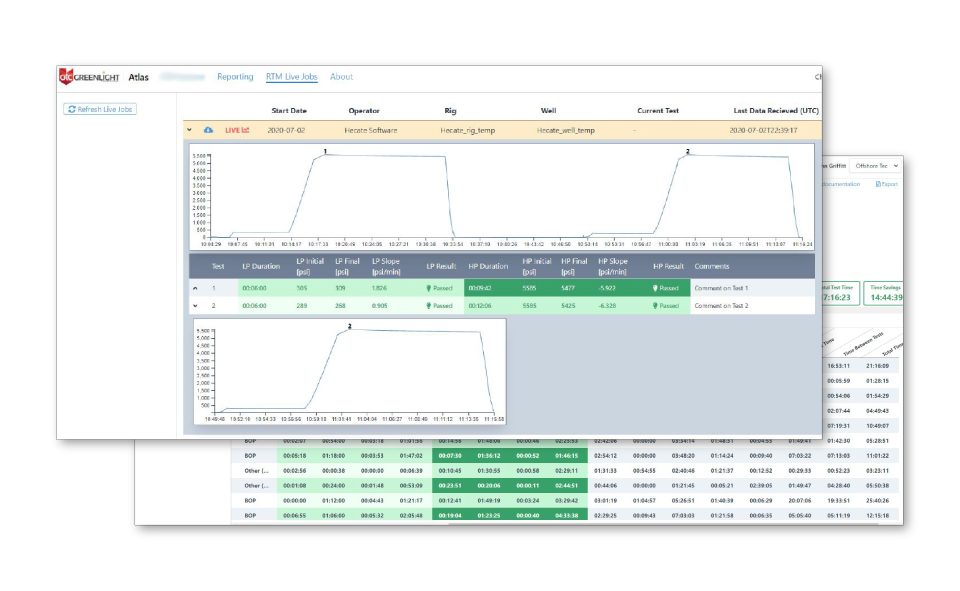- Have any questions?
- +985-727-7400
Avoiding Nasty Surprises

OTC and OTC Solutions Recognize Our Veterans
November 10, 2017
Eyes on the Ball Offshore
December 20, 2017
By Doug Foster, GM OTC Solutions
In the last e-newsletter we discussed operator exposures to regulatory compliance on blowout prevention systems. Often we find that the requirements in the regulation were not known nor understood by the operator and/or rig, which can make an Incident of Non-Compliance (INC) a nasty surprise. An operator’s reliance on equipment and trust in service providers to be fully compliant with all regulations can be a costly assumption.
These exposures increase with each vendor and sub-contractor added to a project, each one with their own understanding and implementation of regulatory requirements. We’ve seen various levels of effort placed on regulatory compliance assurance in our interactions. All vendors have integrated the regulation into their processes. However, too often the implementation is reactionary and only modified when an issue arises. As such, we continue to identify non-compliance issues on behalf of our clients, that have the potential to result in cost, loss of productivity and reputation damage.
Here are a few of the areas where we continually see gaps:
- Certificates of Compliance (COC) for well control equipment, 30 CFR 250.739.
- Original COC older than five years
- Lack of documented Five Year Maintenance witnessed by a third party
- Re-issued COCs based on maintenance (not repaired or remanufactured), but without third party witness
- COCs missing relevant data (API compliance, NACE compliance, original model/serial numbers, etc.)
- Gauges & Transducers on well control systems (API Standard 53)
- All choke manifold pressure transducers require annual calibration
- All gauges used for testing within the well control system require annual calibration
- All gauges not used for testing require three year calibration
- Calibration data that lacks traceability to a recognized national standard such as NIST or ANSI
- Hydraulic Chamber Testing (API Standard 53)
- Lack of annual pressure testing on well control system operating chambers
- Requires testing on all operating chambers to include BOP operating cylinders and bonnet assemblies and hydraulic valve actuators
- Choke Manifold (API Standard 53 and Specification 16C and 6A)
- Choke manifolds using components that do not meet API Specification 16C and API Specification 6A requirements
- Choke manifold components that lack COCs within the five year period, or that lack properly witnessed five year maintenance
- Bolting (API Standard 53)
- Lack of bolting within equipment owner’s PM program covering inspection frequency, NDE and acceptance criteria
- Failure to recheck bolt torque values after initial pressure testing is completed
These gaps are not the result of ill intent on the part of equipment and service providers. The regulations and the incorporated documents for well control equipment consist of more than 1,225 pages of strict requirements. Even the best effort, without a full understanding of these requirements, will come up lacking given the amount of information. It is our opinion that equipment and service providers identify and acknowledge their understanding of the rules and regulations that apply to the equipment, personnel and services that they provide to clients and ensure that they have the appropriate measures in place to prove compliance.
Operators should have an expectation, through contractual language or other processes to confirm that their exposures are limited by assessing adherence during the provision of contractors.
OTC Solutions is committed to regulatory compliance for well control equipment and systems and available to support its clients in any way possible. For more information, contact OTC Solutions at (832) 463-5081.

